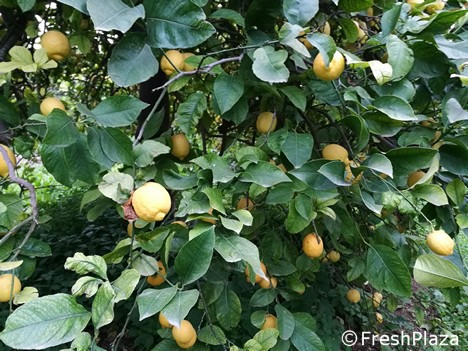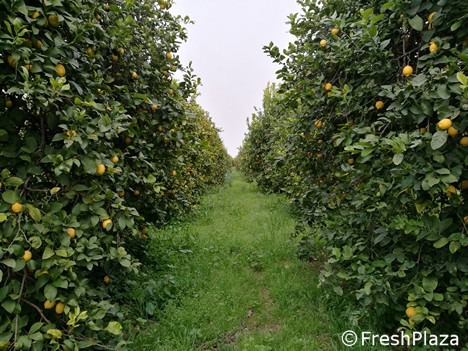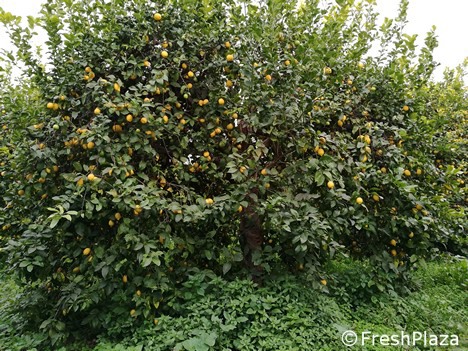Just like for all other segments, the lemon trend is rather different than usual this year. However, in this case, there are factors that can be traced back to a series of variables that do not apply to other productions. To better understand this, FreshPlaza talked to Francesco Tarallo, a producer from Syracuse.

"Production is 40% lower this year due to the weather in February 2020. The strong winds caused a heavy defoliation, which was harsher in seaside areas as the sea water carried by the wind worsened plant conditions."
"With vegetative regrowth in April, in fact, there were more shoot buds than flower buds. After all, the area is affected by the malsecco disease, which has been heavily damaging production for years. To contain or, rather, to mitigate the disease, producers are forced to perform invasive cuts that reduce foliage further reducing production capacity (if the plant survives at all)."

An eye to the market and price formation
"Demand increased considerably, especially in this period, and has led to higher prices also caused by the increase in transport costs. Due to the Covid-19 emergency, in fact, it has become difficult to find return loads for trucks transporting fruit to the north of the country, so costs are entirely borne by companies in the south. Production prices hover around €0.80-0.90/kg. Another factor was the waste generated by citrus blast and black pit, which develops in particular weather conditions."
"In the Mediterranean area, our competitors are mainly Spain, Sicily and Turkey, with the former supplying high-quality produce. We must say that, this year, Spain also faced a few difficulties so we were not affected as much. Turkey is growing a lot with interesting varieties and is increasing the volumes destined mainly to Germany, where a lot of its nationals prefers the Turkish product."
"We are a bit behind when it comes to product presentation and there are no big news when it comes to packaging. There is a lot of talk about innovative solutions and sormabags, which would reduce the use of plastic by 40%, seem to be the best alternative to meet the sustainability levels requested by the Sicilian lemon sector."

"Another problem affecting the sector and the Syracuse area in particular is traceability checks, which are still insufficient. The correctness of label contents is essential, as labels should not just report precise information about the origin of a product, but also report the edibility of the peel. This would strengthen the value of a product in the interests of an entire territory but also to the benefit of final consumers, who have the right to have clear information about the product they wish to purchase."
